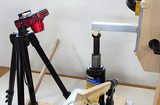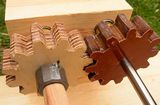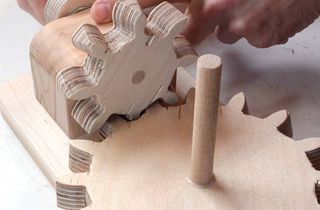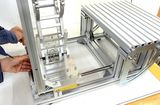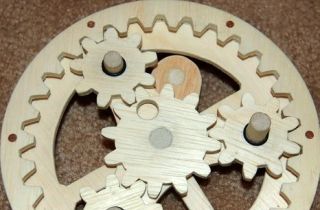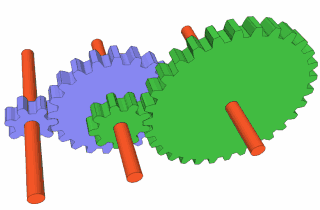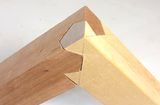[HKEY_USERS\.DEFAULT\Control Panel\Input Method]
"Show Status"="1"
[HKEY_USERS\.DEFAULT\Control Panel\Input Method\Hot Keys]
[HKEY_USERS\.DEFAULT\Control Panel\Input Method\Hot Keys\00000010]
"Key Modifiers"=hex:02,c0,00,00
"Target IME"=hex:00,00,00,00
"Virtual Key"=hex:20,00,00,00
[HKEY_USERS\.DEFAULT\Control Panel\Input Method\Hot Keys\00000011]
"Key Modifiers"=hex:04,c0,00,00
"Target IME"=hex:00,00,00,00
"Virtual Key"=hex:20,00,00,00
[HKEY_USERS\.DEFAULT\Control Panel\Input Method\Hot Keys\00000012]
"Key Modifiers"=hex:02,c0,00,00
"Target IME"=hex:00,00,00,00
"Virtual Key"=hex:be,00,00,00
[HKEY_USERS\.DEFAULT\Control Panel\Input Method\Hot Keys\00000070]
"Key Modifiers"=hex:02,c0,00,00
"Target IME"=hex:00,00,00,00
"Virtual Key"=hex:20,00,00,00
[HKEY_USERS\.DEFAULT\Control Panel\Input Method\Hot Keys\00000071]
"Key Modifiers"=hex:04,c0,00,00
"Target IME"=hex:00,00,00,00
"Virtual Key"=hex:20,00,00,00
[HKEY_USERS\.DEFAULT\Control Panel\Input Method\Hot Keys\00000072]
"Key Modifiers"=hex:03,c0,00,00
"Target IME"=hex:00,00,00,00
"Virtual Key"=hex:bc,00,00,00
[HKEY_USERS\.DEFAULT\Control Panel\Input Method\Hot Keys\00000200]
"Key Modifiers"=hex:03,c0,00,00
"Target IME"=hex:00,00,00,00
"Virtual Key"=hex:47,00,00,00
[HKEY_USERS\.DEFAULT\Control Panel\Input Method\Hot Keys\00000201]
"Key Modifiers"=hex:03,c0,00,00
"Target IME"=hex:00,00,00,00
"Virtual Key"=hex:4b,00,00,00
[HKEY_USERS\.DEFAULT\Control Panel\Input Method\Hot Keys\00000202]
"Key Modifiers"=hex:03,c0,00,00
"Target IME"=hex:00,00,00,00
"Virtual Key"=hex:4c,00,00,00
[HKEY_USERS\.DEFAULT\Control Panel\Input Method\Hot Keys\00000203]
"Virtual Key"=hex:56,00,00,00
"Key Modifiers"=hex:03,c0,00,00
"Target IME"=hex:00,00,00,00

